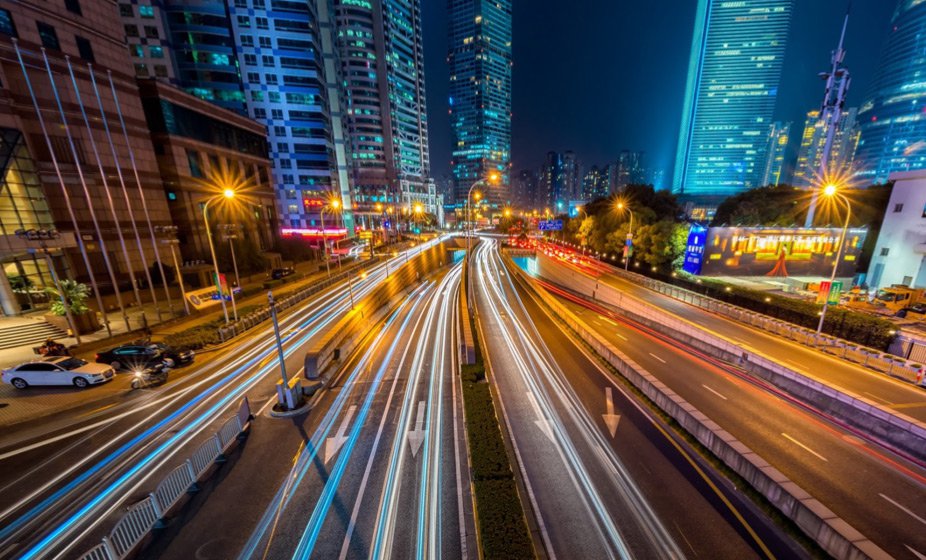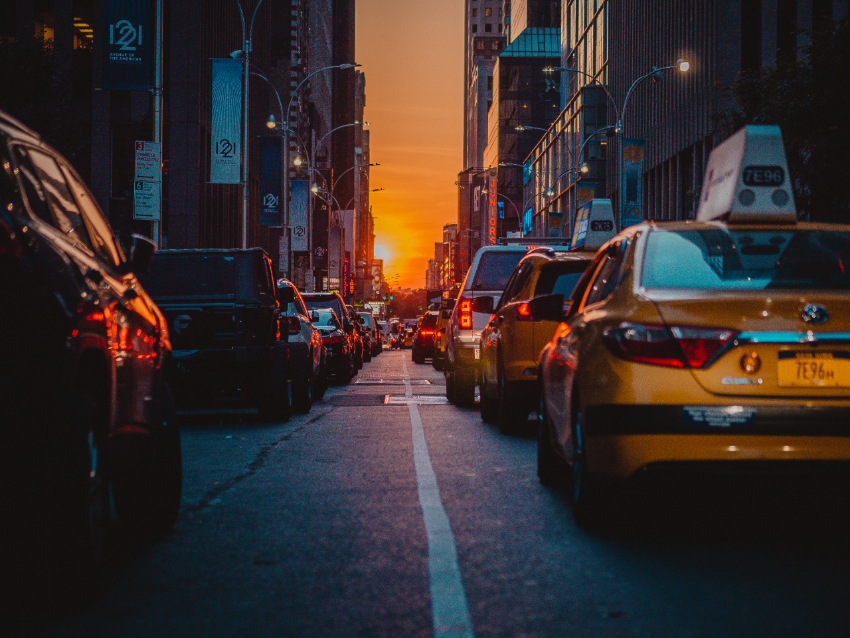Public transportation could unlock anywhere from $1.5 million to $1.8 billion per year in value depending on the size of the city, according to a study by Rutgers University. These benefits come from many different places. Riders that don’t need to purchase a second vehicle can save nearly $10,000 per year.






